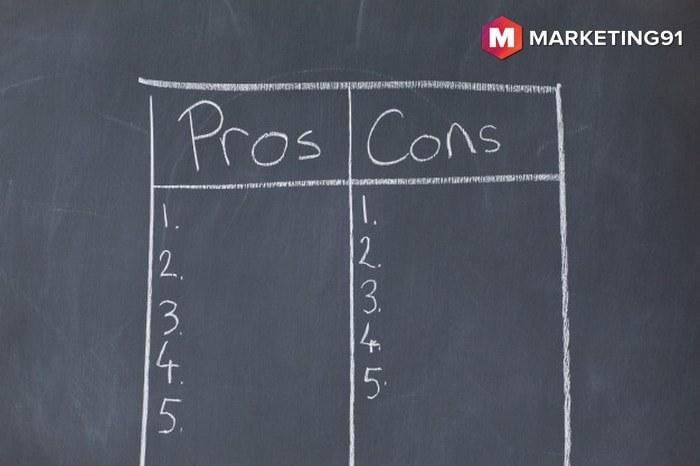
Mastering the Nominal Group Technique: Steps, Pros, Cons, and Key Differences

Nominal Group Technique is a problem-solving method that involves generating ideas in isolation, discussing them as a group, and voting on the best ones Its key differences from brainstorming include individual idea generation and structured discussion Pros include increased participation and equal input, while cons include potential for domination and time constraints
The Nominal Group Technique is a problem-solving approach that involves individual members generating solutions, which are then discussed, evaluated, and graded by the group. Unlike brainstorming, each member works independently to propose solutions, and the group ultimately selects and implements the idea that receives the most support.
Nominal group process encourages creative thinking and group decision making.
The meaning of Nominal Group Technique
The nominal group technique is a powerful tool that companies use to generate effective problem-solving strategies, innovative ideas, and vital decisions. Essentially, it can be likened to a well-structured brainstorming session that enables all members of the group to showcase their creativity and provides an equal and fair opportunity for everyone to express their unique perspectives. This organized approach ensures that the best ideas are identified and implemented, resulting in successful outcomes for the company.
Steps of Nominal Group Technique
By encouraging the participation of all employees in decision making, the dominance of a select few is avoided and even shy or reserved employees are motivated to offer their solutions. This creates a more inclusive and collaborative work environment where every voice is valued and considered.
Using the Nominal Group Technique involves following a series of steps in order to arrive at a solution or make critical decisions.
Step 1: Preparation
To ensure a distraction-free Nominal Group discussion, adequate preparations must be made beforehand. This includes providing employees with worksheets and pens to jot down their ideas, as well as a whiteboard to rank each employee's contributions. By having these materials readily available, participants can focus solely on the task at hand and engage in a productive discussion.
Step 2: Let members generate an idea in isolation
To effectively address the problem, it is recommended to print it out on a separate sheet of paper for each employee involved. It is also important to decide on a fair voting method to select the final solution. Lastly, ensure that all employees are briefed on the meeting rules and guidelines in detail.
Step 2: Let members generate an idea in isolation
Once you have explained the rules of the meeting to your employees. Next step is to hand over question sheets to each employee and ask them to write their solution on sheet.
By doing this, you allow employees to write down their solution without being judged, or they can sit and think about the idea in their head.
Step 3: Read out the ideas to the whole group
After employees have completed their brainstorming or contemplation of potential solutions, they will be invited to share a single idea with the entire group. This idea may be the initial concept they wrote down, or it may be an alternative idea, and all ideas will be documented.
No employee should be allowed to ask questions or clarification when people are stating their ideas.
Step 4: Discuss each idea one by one
After all ideas have been presented, the group will move on to discuss each one in detail. This will involve examining the advantages and disadvantages of each idea, and allowing group members to ask any questions or raise any concerns they may have.
Step 5: Voting for ideas
To determine the most popular idea, each member should participate in a voting process. Two methods of voting could be implemented, including ranking and rating. Ultimately, the idea that receives the highest number of votes should be chosen as the solution to the problem at hand.
Pros of Nominal Group Technique
Nominal Group Technique offers a valuable approach for producing high-quality solutions to problems. By allowing all members to contribute their ideas, it ensures that every voice is heard and valued. This is particularly important as in traditional discussions, those who are more vocal often dominate the conversation.
The process of nominal group technique is systematic and organized; therefore, it saves a lot of time.
By using this technique, many ideas can be generated at one time.
Assessing the creativity levels of employees can prove to be a powerful tool in resolving contentious issues that may otherwise lead to heated debates within a group.
Employees who work at a different level get equal opportunity to state their ideas.
Disadvantages of Nominal Group Technique
The preparation process for the Nominal Group technique can be quite time-consuming, despite the actual process being relatively brief. Additionally, the technique does have limitations in terms of its flexibility, as it only allows for the discussion of one problem at a time.
Members of the group might choose a less effective idea due to rivalry or to create a nuisance.
Too many ideas can also confuse the members of the group.
Key differences between Nominal Group Technique and brainstorming
[table id=73 /















